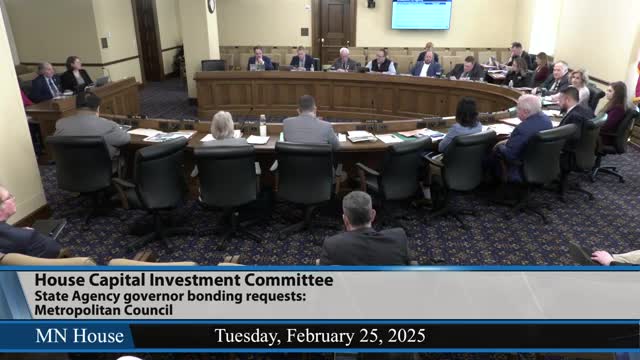Met Council outlines plan to transition from Northstar to expanded bus services
February 25, 2025 | 2025 Legislature MN, Minnesota
Thanks to Scribe from Workplace AI , all articles about Minnesota are free for you to enjoy throughout 2025!

This article was created by AI using a video recording of the meeting. It summarizes the key points discussed, but for full details and context, please refer to the video of the full meeting. Link to Full Meeting
Chair Zalie and Representative Kosnik engaged in a dialogue about the anticipated savings from discontinuing the Northstar service. The discussion highlighted that reallocating funds from the costly rail service to bus operations could enhance the overall efficiency of the transit system. The Metropolitan Council is set to adopt a new transit plan next month, which includes increasing bus service frequency while also eliminating some less utilized routes. This strategic shift aims to optimize operational costs and address the structural deficits faced by the transit system.

Before you scroll further...
Get access to the words and decisions of your elected officials for free!
Subscribe for FreeThe committee also explored the collaboration between the Metropolitan Council and the Minnesota Department of Transportation (MnDOT) regarding bus rapid transit (BRT) routes, particularly along Highway 252 and I-94. Chair Zalie confirmed ongoing studies to expand BRT services in these corridors, emphasizing the importance of integrating transit planning with major highway transformations. The Gold Line extension from Saint Paul to Minneapolis, scheduled for 2027, was noted as a key project that would enhance transit frequency and connectivity.
Concerns were raised about the capacity of local governments to manage and implement funded projects, especially in light of previous cycles where requests exceeded available funding. Representatives questioned the justification for investing in statewide programs if local capacity issues persist. The committee acknowledged the need for communities to demonstrate their ability to contribute matching funds for projects, which is a requirement for grant applications.
In conclusion, the meeting underscored the ongoing challenges and opportunities within Minnesota's transit system, particularly as it navigates funding reallocations and infrastructure improvements. The discussions set the stage for future decisions that will shape the state's transportation landscape, with a clear emphasis on enhancing operational efficiency and expanding service coverage.
Converted from House Capital Investment Committee 2/25/25 meeting on February 25, 2025
Link to Full Meeting
Comments
View full meeting
This article is based on a recent meeting—watch the full video and explore the complete transcript for deeper insights into the discussion.
View full meeting




